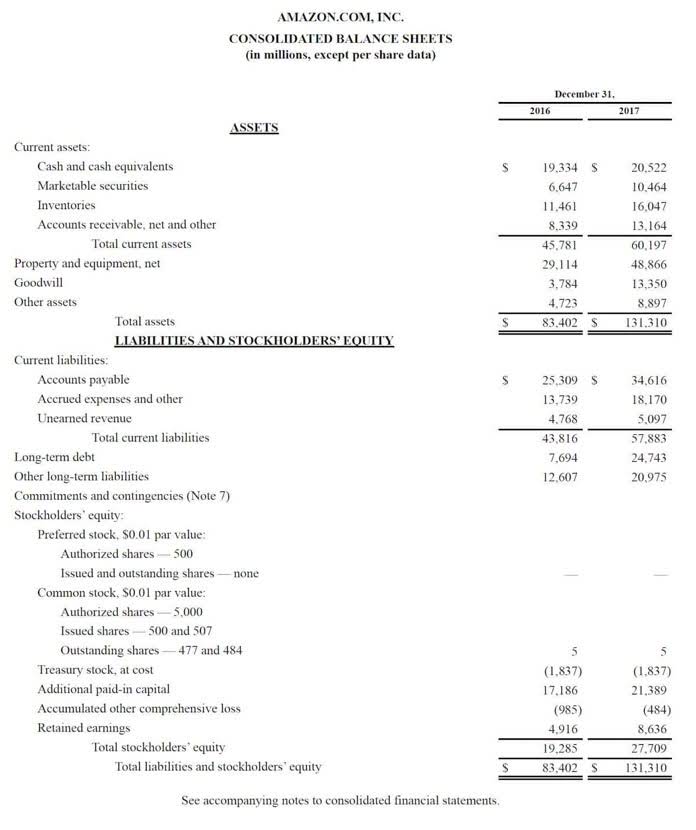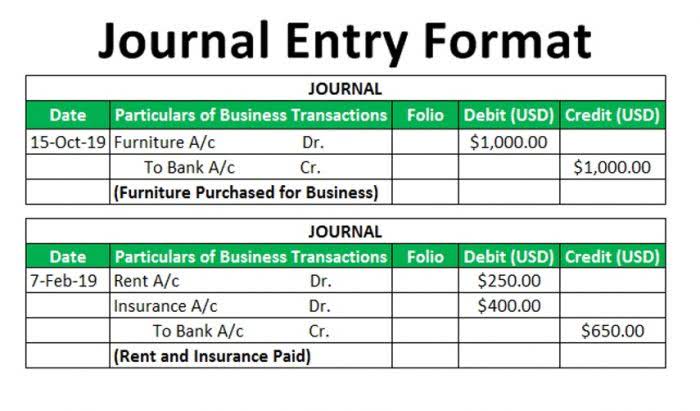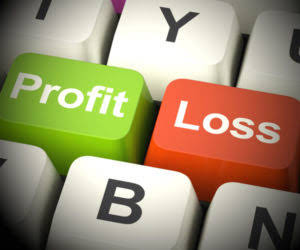
To rapidly determine whether a cost is a period cost or a product cost, ask yourself, “Is the expense directly or indirectly tied to the manufacturing of products? Period costs are the costs incurred by a corporation to create items or deliver services that cannot be capitalized into prepaid expenses, inventories, or fixed assets. The management accountant must carefully evaluate the time expenditure to see if it will be included in the income statement. There is no fixed approach to identifying the period expense in all the particulars. The Management accountant has to carefully evaluate the time cost and check whether the same will form part of an income statement. They are also included in determining the amount of revenue that has been earned when an asset is sold, which in turn can affect both revenues and costs in future accounting periods.
#2. Incorporate your period costs into your income statement.
Period Accounting for Churches costs reduced net income when they are expensed on the income statement. Period costs take from the revenue of a company during that accounting period and thus will have an impact on the net income for that period. Period costs are only reported on the income statement for the period in which they are used up or incurred. So, it is only for that accounting period that period costs will reduce the net income. Period costs are not assigned to one particular product or the cost of inventory like product costs.
Examples of Payback Acceleration
Standby costs will continue if the firm shuts down operations or facilities temporarily. For information pertaining to the registration status of 11 Financial, please contact the state securities regulators for those states in which 11 Financial maintains a registration filing. Operating expenses are costs that businesses expect to incur in their attempts to generate revenue. Period expenses are costs that help a business or other entity generate revenue, but aren’t part of the cost of goods sold. With all factors considered, you can refine your payback period how to calculate period costs and gain a clearer picture of your system’s long-term value.

Financial Modeling Solutions
By implementing robust performance evaluation and monitoring processes, businesses can identify cost-saving opportunities, optimize resource utilization, and drive sustainable growth and profitability. Effective management of marketing expenses involves aligning marketing strategies with business objectives, measuring campaign performance, and optimizing marketing spend to achieve the desired outcomes. Ever wondered how businesses track and manage the various expenses they incur while keeping their operations running smoothly? From paying employee salaries to covering utility bills and marketing expenses, Period Costs encompass a wide range of expenditures necessary for day-to-day business operations. Make a note of how much money you spend on period costs and expense them during the period in which the costs are incurred. Receipts, employee pay stubs, invoices, and other papers that show how much money you pay out for various period costs may be kept.


By controlling Period Costs and optimizing spending, businesses can improve their bottom line profitability, increase cash reserves, and enhance overall financial stability. For example, reducing administrative expenses can lead to higher net income and retained earnings, strengthening the company’s financial position. Managing mixed period Certified Public Accountant costs requires a nuanced approach, balancing the fixed and variable components to ensure cost-effectiveness and efficiency. Analyzing historical data and trends can help businesses anticipate fluctuations in mixed costs and make informed decisions to control expenses.
- For instance, urban areas like Los Angeles or San Diego often have higher labor costs, while more rural areas might see slightly lower installation expenses.
- It is essential for companies to accurately categorize and document these expenses to ensure they are maximizing their tax deductions.
- Period Costs directly affect the company’s profitability by reducing net income on the income statement.
- A standard 5kW system in California can generate up to $115,966 in savings over 25 years.
- Effective management of selling expenses involves targeting the right audience, optimizing marketing channels, and measuring the return on investment (ROI) of sales and marketing initiatives.
This issue is addressed by first-in, first-out (FIFO) costing, which assumes that the first units worked on are the first units moved out of a production department. Costs that cannot be capitalized on a company’s balance sheet are referred to as period costs. In other words, they are expensed in the period in which they occur and are recorded on the income statement. If you manufacture a product, these costs would include direct materials and labor along with manufacturing overhead.

Other examples of period costs include marketing expenses, rent (not directly tied to a production facility), office depreciation, and indirect labor. Also, interest expense on a company’s debt would be classified as a period cost. Overhead or sales, general, and administrative (SG&A) costs are considered period costs. SG&A includes costs of the corporate office, selling, marketing, and the overall administration of company business. These costs are not part of the manufacturing process and are, therefore, treated as expense for the period in which they arise. Period costs are not attached to products and the company does not need to wait for the sale of its products to recognize them as expense on income statement.

Energy Consumption
Compare that to the national average, where annual savings hover around $1,530—stretching payback to nearly 10 years. California homeowners typically pay between $2.28 and $3.14 per watt for solar panels. That’s slightly lower than the national average of $3.03 per watt, making solar a more accessible option in the Golden State.